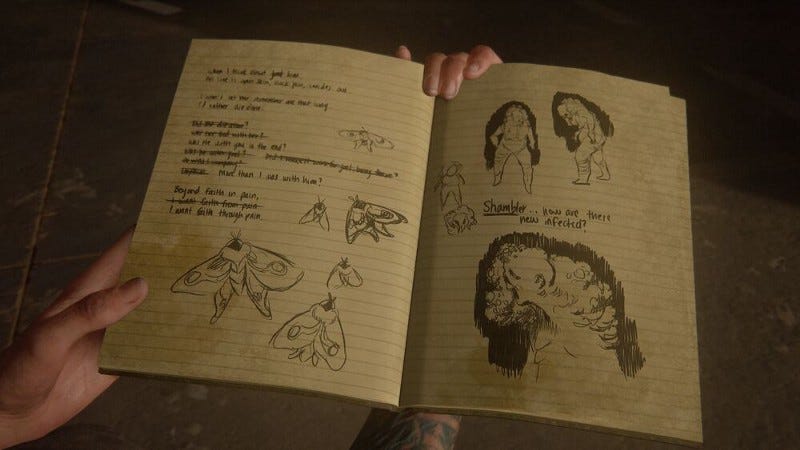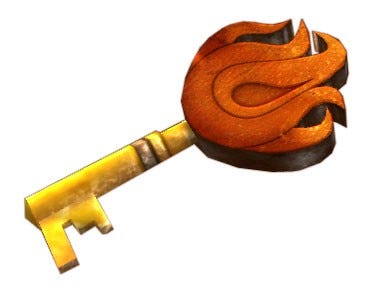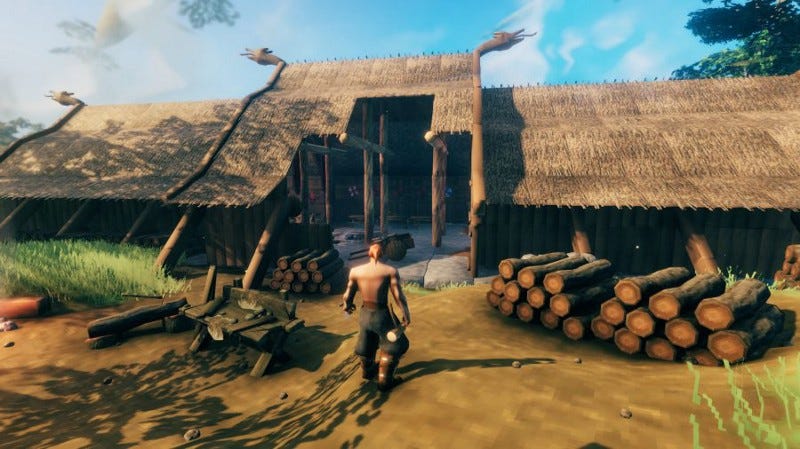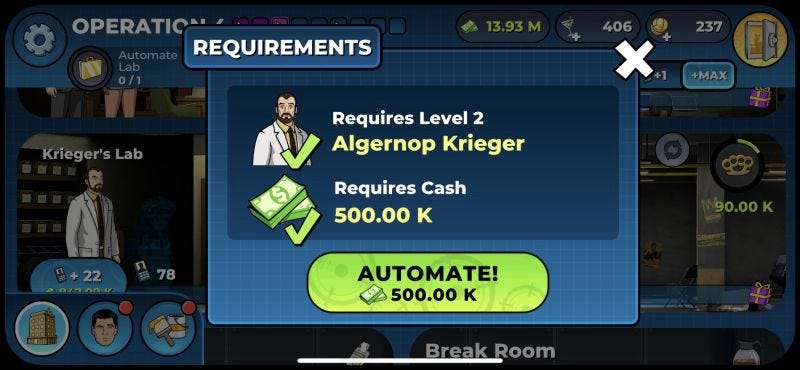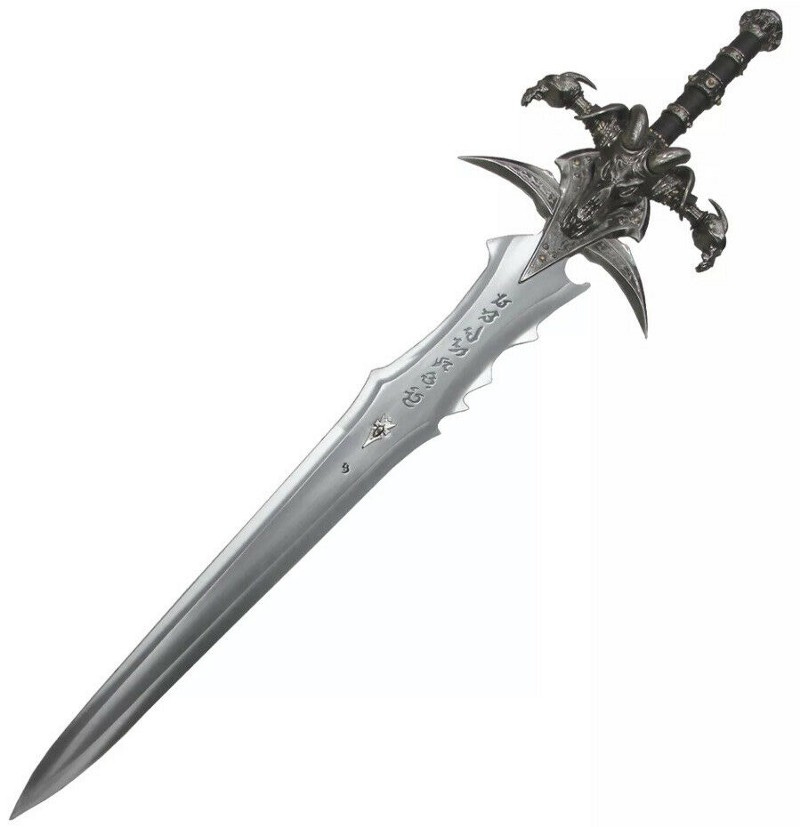Types of Virtual Items
The perceived value of a virtual item is a function of a) scarcity, and b) the affinity-utility value of an item.
The perceived value of a virtual item is a function of a) scarcity, and b) the affinity-utility value of an item.
My article on free-to-play game economies gives an overview of this concept. To recap:
Items with high affinity are valued mostly because they provide an emotional payoff to the player.
Items with high utility are valued because of their game mechanical features or advantages.
What are some of these item types?
High Affinity Items
Cosmetic and social: items that customize the player’s presentation within the game. In games where the player can be seen by other players, these may provide a significant boost to social status. Examples include costumes, special editions of character models, trophies, and more abstract representations such as “titles” that appear next to the player’s name.
An example is the purely cosmetic “skins” from Counterstrike; a Factory-New Souvenir Dragon Lore skin was recently selling for $26,000.
Emotes: items that unlock the ability for the player to express themself in new ways, such as special animations, dances, access to emoji, etc.
Stories: an item that preserves a memory or moment from gameplay. This includes things such as a memento of an experience, a journal entry, or the record of an achievement.
High Utility Items
Keys and tickets: any item that is required to access a feature or content in the game. Some keys might be single-use, whereas others might be unlimited.
Sometimes, keys are also sold for a real-money currency that open treasure chests that are encountered during ordinary play. This can evoke a feeling of loss-aversion (i.e., fear of missing out on what might be in the chest).
Consumables: items with limited charges that are intended to be acquired and used up during the course of play. This includes boosts, power-ups, healing potions and speedups.
Resources: items used to make other items (such as crafting ingredients) or materials for changing the world itself (such as the blocks in Minecraft).
Containers: items that contain other items, such as a treasure chest, pack of cards, etc.
Generators: an item that generates currency and/or items for the player. Generators may have caps on the amount they’ll generate and/or a limited time within which they operate.
Automation: an item that makes it more convenient to perform actions in a game by allowing the player to skip manual control. For example, automating a generator might make it continuously operate without player input.
Deeds: an item that grants the player control of an area of virtual space, or allows them to construct a particular building in that space.
Inventory Capacity: items the determine how many items the player may have, such as a backpack or storage chest with limited capacity.
Items with Potential High Affinity AND Utility
Equipment: items that convey some sort of utility benefit to the player; they might have cosmetic properties as well, but refers to things that are more important for their utility than affinity. If the item is also renowned for looking cool and/or being connected to the storytelling, it may also have high affinity to go along with the utility.
Characters: enables access to particular characters, henchmen, classes, pets, etc. Depending on the game, a character may have high affinity (e.g., coolness or emotional connection) that can sometimes outweigh the value of the character to some players.
Gifts: an item that is mostly given by one player to another. Gifts usually help facilitate social interaction between players, but may have important utilitarian functions as well. For example, in the Game of Thrones game I was once responsible for, married couples could send each other bacon which was useful as a speedup.
Collections: items that are fun to collect, but may or may not convey any other benefits to the player (sometimes, turning in a set of related collectibles might be redeemed for another reward).
Conclusion
Virtual items can provide a range of utility benefits (more damage, speedups, etc.) as well as affinity (cool items people just want). The demand for a virtual item comes from a combination of affinity and utility; the price someone is willing to pay is based on the perceived value, which is a function of the scarcity and this value perception.
Read more about virtual economies in f2p games in this article in Part 3 of my article on game economics.




